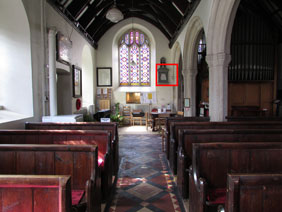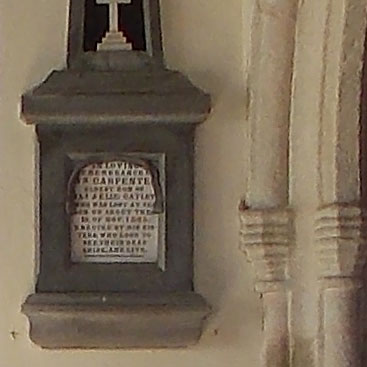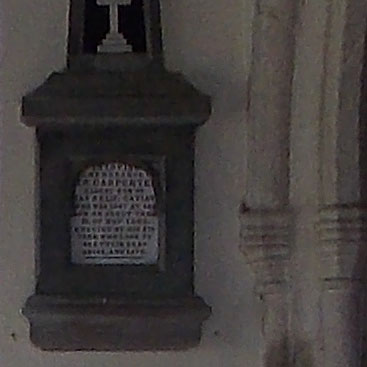Canon PowerShot SX500 IS review
-
-
Written by Ken McMahon
Quality
Canon SX500 IS vs Nikon L810
|
Canon PowerShot SX500 IS |
Nikon COOLPIX L810 | |
 |  | |
f5, 100 ISO |
f3.1, 80 ISO | |
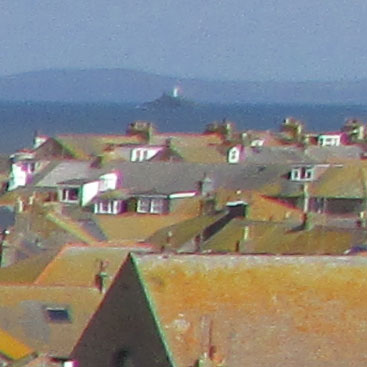 | 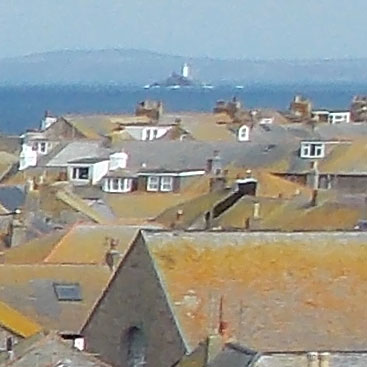 | |
f5, 100 ISO |
f3.1, 80 ISO | |
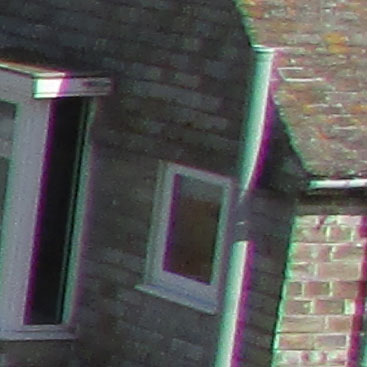 | 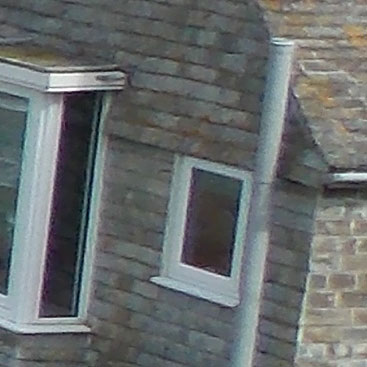 | |
f5, 100 ISO |
f3.1, 80 ISO | |
 |  | |
f5, 100 ISO |
f3.1, 80 ISO |
Canon SX500 IS vs Nikon L810 Noise
The above shot was taken with the Canon PowerShot SX500 IS. The lens was set to the maximum 24mm wide angle position and the Nikon COOLPIX L810, with which I’ve compared it here, was zoomed in slightly to give an equivalent field of view. Image stabilisation was disabled for this tripod-mounted test. In Program Auto mode the PowerShot SX500 IS chose an exposure of 1/8s at f3.4 at 100 ISO. As with the outdoor test results, the base 100 ISO crop from the PowerShot SX500 IS shows some evidence of noise, though it doesn’t look quite so intrisuve on this longer exposure. There’s a fine graininess to this crop which adds texture where there shouldn’t be any and slightly impacts on the clarity of the text in the memorial panel. In the 200 ISO crop the noise has increased both quantitatively and qualitatively with some colour noise now making an appearance. And by 400 ISO the noise increase and pixel clumping between them are making the text virtually illegible. Generally though, the 100 – 400 ISO range produces good quality results that at smaller sizes you’d have to look closely at to tell apart. The 800 ISO setting is the watershed. It’s not that the quality takes a dive at this point, rather the cumulative effect of increasing the ISO sensitivity has reached a tipping point and the noise is winning out over image data. The 1600 ISO setting is useful to have for low-light emergency shots, but a lot of the detail is obscured in a noisy haze and this is really only going to be of value for must-have shots at smaller sizes. The PowerShot SX500 IS has a Low light scene mode which automatically sets the sensitivity up to a maximum 6400 ISO at reduced M (2304 x 1728) resolution. I haven’t included an example here because I wasn’t able to encourage it above 1600 ISO, but it could prove a worthwhile alternative for night shooting. Compared with the results form the Nikon COOLPIX L810, overall, there’s not a lot between these two 16 Megapixel CCD sensors. The COOLPIX L810 starts at a slightly lower base setting of 80 ISO and this crop looks cleaner than the 100 ISO crop from the PowerShot SX500 IS with less noise and improved fine detail as a result. The colour balance has gone a bit awry with the COOLPIX L810 100 ISO shot, but despite that, in noise terms the gap has closed and the PowerShot may even be slightly ahead here with cleaner edges. The 400 ISO crops look qualitatively different, but I couldn’t say one was better than the other either way. In conclusion, I’d say the Nikon COOLPIX L810 has a clear advantage at the base ISO sensitivity, but above that, there’s little to choose betwen these two models. Now head over to my Canon SX500 IS sample images to see some more real-life shots in a variety of conditions.
|
